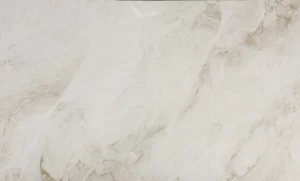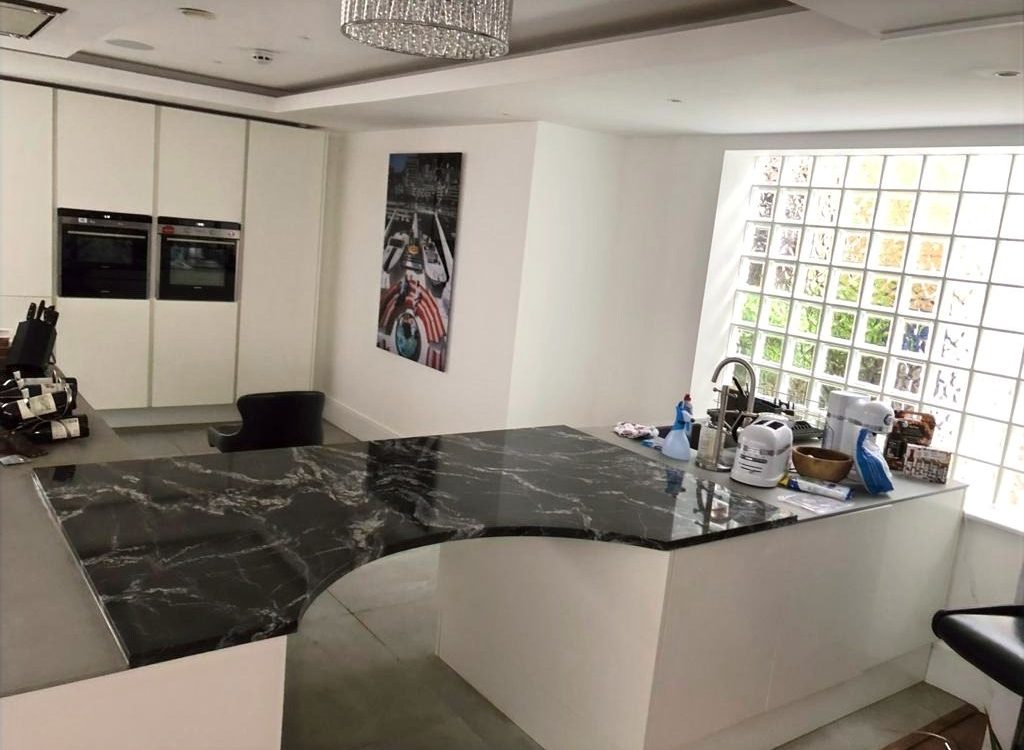We are often asked by our clients, when they have to make a decision about the type of countertop material to use, what’s the difference between them?
Quartz

Quartz countertops are often called engineered or manufactured countertops because they are fabricated from 90 to 95 percent ground natural quartz and 5 to 10 percent polymer resins and other additives. They have become one of the most popular materials in recent years for several reasons:
· Quartz is virtually non-porous and is extremely resistant to stains. Quartz does not require chemical sealing to build stain resistance – stain resistance is inherent in the product.
· Quartz is available in a huge range of colours and styles. This is because pigments can be added during the manufacturing process. Quartz has the appearance and feel of natural stone such as granite or marble.
· Quartz has an advantage over natural stone surfaces in that it is less prone to denting and chipping. It is predictably very hard, averaging 7 on the Mohs scale. Many natural stones are not this hard and therefore more susceptible to damage.
· Seams may be required, depending upon the size and shape of the countertop pattern. Quartz cuts very cleanly, and typically the seams are obscure.
· It requires very little maintenance and wipes clean with a damp cloth or mild counter sprays.
· It can withstand heat of up to about 150°-250°C
Granite

Many people think Granite is “the” countertop material to choose for a new kitchen. It has some advantages and some disadvantages as well.
Granite is a natural stone and porous. A chemical sealer is applied before the countertops are installed. This partially protects the granite from absorbing liquids, but it does not render the material non-porous. It is suggested to reapply the sealer once a year.
Granite is heat-resistant, but it is not recommended that hot pans right out of the oven be placed directly on Granite countertops. Thermal change can create cracks in the material.
As with Quartz, Granite countertops may need to have one or more seams, depending upon the shape of the counters. In many cases epoxy can be color-mixed to hide the seams very well.
If you are into “being green”, granite is considered a good option for kitchens since it is 100% natural stone.
Quartzite

Quartzite is a naturally occurring metamorphic rock and composed almost entirely of quartz. It is created when sandstone is subjected to extreme heat and pressure caused by the tectonic plate compression in the crust of the earth. The stone is mined and chiseled into slabs which are then cut into countertops. The tops are usually polished and sealed for beauty and durability.
Quartzite is generally found in white/beige to gray tones. Pink and red hues can be found and are a result of iron oxide in the stone.
It is harder and more resistant to stains than Granite but, as with all natural stone surfaces, regular sealing is required to resist stains.
Similar to Granite, this material is also heat resistant, but hot pots and pans should not be placed directly on a Quartzite surface.
Prices are fairly comparable across the board for each of these three materials. You will be able to find choices in several different price ranges.
So, what’s the right answer? We think in most cases this comes down to what you really value most. If low maintenance and freedom from the worry of staining is paramount, Quartz is the best option. If the “look” you desire can only be found in the realm of natural stone and that is most important, then Granite or Quartzite might be best. Make sure to see the different options before making your final choice and always work with a reputable kitchen remodeler or countertop distributor.

